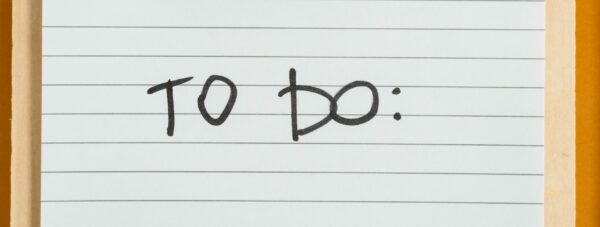The Statutory Accident Benefits Schedule, or SABS, is no-fault insurance that’s included in any standard automobile coverage in Ontario. It is intended to provide benefits to people who are injured while operating or using a motor vehicle.
In order to qualify for these benefits, under any circumstance, certain requirements must be met. One of the most basic requirements is having been involved in an accident, as defined by the SABS. But what exactly constitutes a car accident pursuant to SABS?
Racey v The Co-operators General Insurance Company, 2022 CanLII 2764 (ON LAT) is an example of how the car accident purpose test and causation test can be used to meet, or not meet, this requirement.
The Case
In February 2019, the applicant was injured after having exited her vehicle and slipping and falling on the ice on her driveway.
The car was parked in the applicant’s driveway. The keys were in the ignition of the vehicle, but it was not running at the time of the slip and fall. The applicant testified that she was walking to the rear door of her vehicle when the accident occurred and, although she did not hit the side of the vehicle as she fell, she was holding the side of the car just before slipping and falling.
The applicant put in a claim to her insurer, the Co-operators, pursuant to the Statutory Accident Benefits Schedule.
The Issue
The applicant’s claim was denied, and this decision was appealed to the License Appeal Tribunal (LAT). The preliminary issue heard at the LAT was whether the applicant was involved in an accident as defined by the Statutory Accident Benefits Schedule.
To decide this issue, the Adjudicator employed a two-part test: the purpose test and the causation test. These tests were established in Chishold v. Liberty Mutual Group, 2002 CanLII 45020.
The purpose test asks the question, “did the incident arise out of the use or operation of an automobile?” and the causation test asks, “did the operation or use of an automobile directly cause the impairment?”
The Result
The Adjudicator found that the purpose test was satisfied. That is, the slip and fall arose from the use or operation of an automobile. With this part of the two-part test satisfied, the parties moved on to the causation test.
Analysis of the causation test, in this case, involved three questions. The first question was whether or not the incident would have occurred “but for” the operation or use of the vehicle. The second question regarded whether or not there was an intervening act that occurred between the operation or use of the vehicle that was outside the normal operation or use of the vehicle. The final question was whether or not the dominant feature of the incident was the use or operation of the vehicle.
The applicant argued that, in regard to the first question, her injury would not have occurred “but for” the use and operation of the vehicle. The Adjudicator, on the other hand, argued that the “but for” test did not establish legal causation and, because it is the onus of the applicant to establish causation, the Co-operators were justified in their denial of the application. That is, the main cause of the injuries, in regard to question two, was the slip and fall on an icy driveway, and this is an intervening act.
In conclusion, it was found that the applicant’s injuries were not caused by an accident, as it is defined in the Statutory Accident Benefits Schedule.
Have You Been Involved in a Slip and Fall Accident?
An accident, as defined by the Statutory Accident Benefits Schedule, is not what we may intuitively think it to be. There are many types of accidents, and there are tests to help determine which are entitled to benefits and which are not.
If you’re unsure whether your slip and fall accident qualifies for benefits, that is what we are here for. Contact Sharma Law and find out how we can help you build a case.


